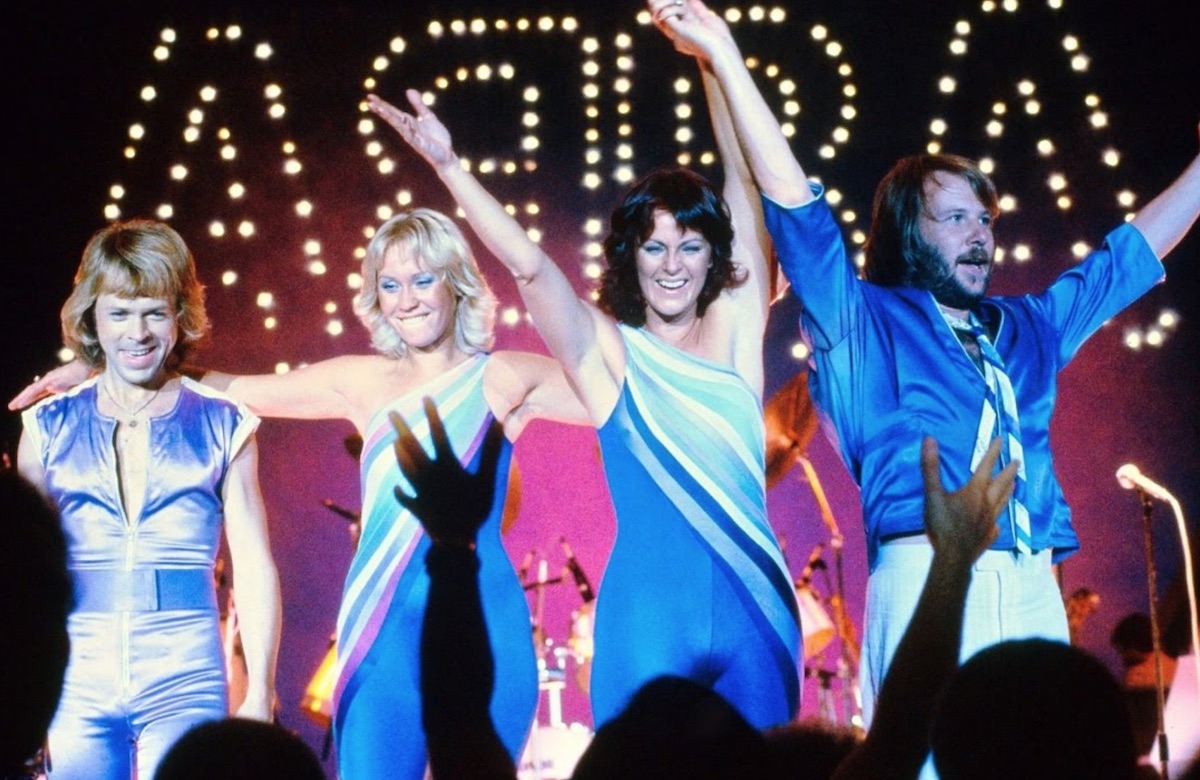 Yes, you read that correctly.
Yes, you read that correctly.
Neil Sedaka, of “Breaking Up Is Hard to Do” fame, actually played a part in the formation of one of the most popular acts ever in pop music, the Swedish juggernaut known as ABBA.
How? Read on.
The formation of ABBA actually was a long, convoluted process that really came about almost by accident. Benny Andersson was leader of a top Swedish rock group, the Hep Stars. Bjӧrn Ulvaeus was the leader of a popular folk ensemble known as the Hootenanny Singers. The fact that both groups chose English language names betrayed something else. Both Benny and Bjӧrn dreamed of stardom outside their native country.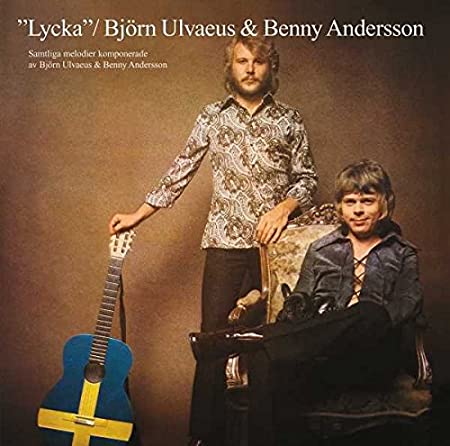 By the late 60s, they had formed a songwriting/producing partnership at the Swedish record label that had signed both of their bands – Polar Music. After penning some minor hits for other Swedish pop stars, it was inevitable the duo should start releasing their own songs. Their first single as Bjӧrn & Benny, “Hej Gamle Man!” (“Hey, Old Man!”) went to the top of the Swedish charts. That and the album it came from increased the boys’ popularity in their native country. Even more importantly, the lads had asked their girlfriends, Agnetha Fältskog and Anni-Frid Lyngstad, to sing back-up vocals on the album. Now, Agnetha was already an established singer/songwriter in her own right, having chart success since she was in her mid-teens. Frida was signed to EMI records but hadn’t yet had a breakout recording.
By the late 60s, they had formed a songwriting/producing partnership at the Swedish record label that had signed both of their bands – Polar Music. After penning some minor hits for other Swedish pop stars, it was inevitable the duo should start releasing their own songs. Their first single as Bjӧrn & Benny, “Hej Gamle Man!” (“Hey, Old Man!”) went to the top of the Swedish charts. That and the album it came from increased the boys’ popularity in their native country. Even more importantly, the lads had asked their girlfriends, Agnetha Fältskog and Anni-Frid Lyngstad, to sing back-up vocals on the album. Now, Agnetha was already an established singer/songwriter in her own right, having chart success since she was in her mid-teens. Frida was signed to EMI records but hadn’t yet had a breakout recording.
With the success of that first album and single, a follow-up was inevitable. It was here that the boys made what proved to be two very smart decisions. One, they decided to give the girls a more prominent role on the follow-up with the boys and girls trading alternate verses and all four joining together on the chorus. Two, they decided they would record in English moving forward, opening up their recordings to worldwide airplay.
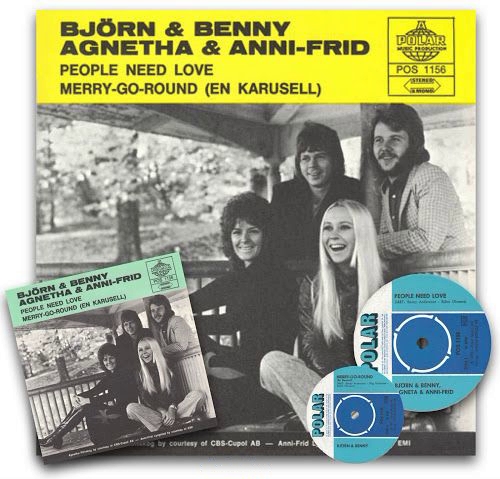
Permission from the ladies’ respective record labels was secured and the follow-up, “People Need Love,” was released under the name “Bjӧrn & Benny, Agnetha & Anni-Frid.” Just as they hoped, “People Need Love” became a hit not just in Sweden, but also in several European countries, South Africa and a few countries in South America.
This success brought the group an invitation to compose, produce and enter a song in the Eurovision song contest. At this point, the boys made another brilliant decision. They would make the women’s voices the lead and they would become the back-up singers. Truth be told, Bjӧrn and Benny had pleasant, but very bland singing voices while Agnetha and Anni-Frid had voices like angels.
Now, here is where Neil Sedaka comes in. (You didn’t think we’d forgotten him?)
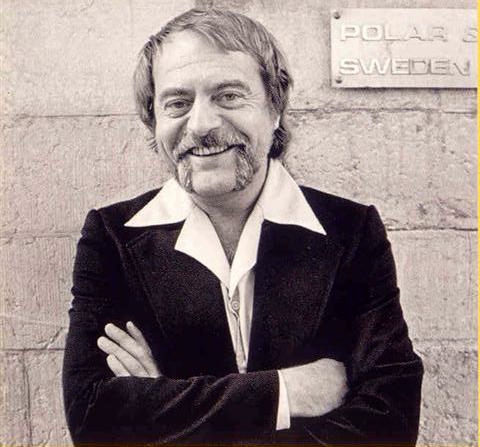 The head of Polar Music and the group’s eventual manager, Stig Anderson wanted to make sure their Eurovision song would have great English lyrics. So, he contacted Neil Sedaka in the States. Sedaka agreed. Bjӧrn & Benny sent him the melody they had created. In addition. Stig had come up with a title he really liked. So, Sedaka and his composing partner, Phil Cody, quickly dashed off a suitable set of lyrics and the song, “Ring, Ring,” was ready for the recording studio.
The head of Polar Music and the group’s eventual manager, Stig Anderson wanted to make sure their Eurovision song would have great English lyrics. So, he contacted Neil Sedaka in the States. Sedaka agreed. Bjӧrn & Benny sent him the melody they had created. In addition. Stig had come up with a title he really liked. So, Sedaka and his composing partner, Phil Cody, quickly dashed off a suitable set of lyrics and the song, “Ring, Ring,” was ready for the recording studio.
Both Bjӧrn and Benny were huge fans of the early Phil Spector “Wall of Sound” recordings. They wanted their own wall of sound, but had a real problem. Spector employed multiple musicians during his sessions – as many as 5 guitar players, 2 or 3 drummers, 2 bass players, multiple keyboards, etc.
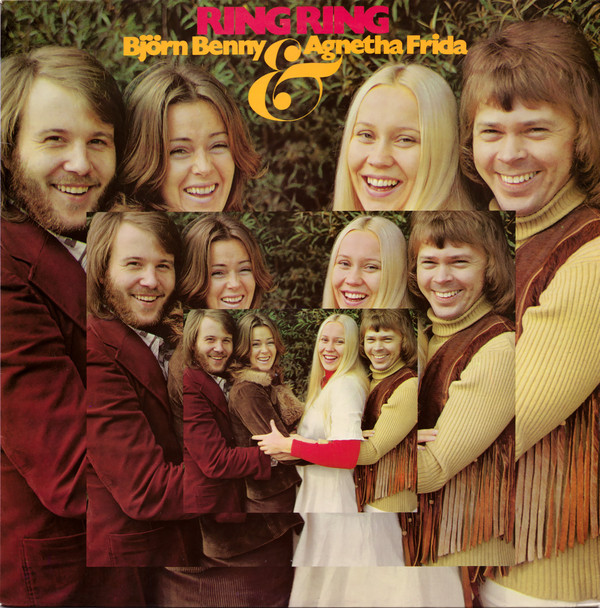 The boys simply didn’t have the budget for that kind of production. But their engineer, Michael Tretow came up with an innovative solution that became the final ingredient in the distinctive sound we’ve come to know. Tretow had the group re-record their backing vocals and instrumental tracks multiple times. He then employed an additional trick that he kept secret even from the group itself. When they recorded subsequent takes of the backing tracks, Tretow added Scotch tape to the recorder’s pinch roller. That changed the speed of the subsequent takes ever so slightly. When combined with the original tracks, all of a sudden, the instruments sounded massive. They had done it – created their own wall of sound on the cheap. “Ring, Ring” was ready to storm the contest!
The boys simply didn’t have the budget for that kind of production. But their engineer, Michael Tretow came up with an innovative solution that became the final ingredient in the distinctive sound we’ve come to know. Tretow had the group re-record their backing vocals and instrumental tracks multiple times. He then employed an additional trick that he kept secret even from the group itself. When they recorded subsequent takes of the backing tracks, Tretow added Scotch tape to the recorder’s pinch roller. That changed the speed of the subsequent takes ever so slightly. When combined with the original tracks, all of a sudden, the instruments sounded massive. They had done it – created their own wall of sound on the cheap. “Ring, Ring” was ready to storm the contest!
Unfortunately, the song did not win the Eurovision contest. It finished 8th in the final voting. Undaunted, Polar released the song, again under the name “Bjӧrn & Benny, Agnetha & Frida” and it became an even bigger hit across Europe than “People Need Love.”
It was at this point that the quartet admitted what was obvious – they needed to ditch their separate careers and focus all their energy on making the foursome successful. Stig Anderson recommended the group ditch the unwieldly name and instead, go with the nickname he had already given them privately, using the first letter of each member’s first name.
Finally, ABBA was born!
They immediately started work on the song they intended to enter in the next year’s Eurovision contest, one that would build on the sound they had established with “Ring, Ring,” but would also rock a little harder and finally break ABBA in the UK and America. And this time, they didn’t need Sedaka’s help. Bjӧrn, Benny & Stig started working on the song that became “Waterloo.”
